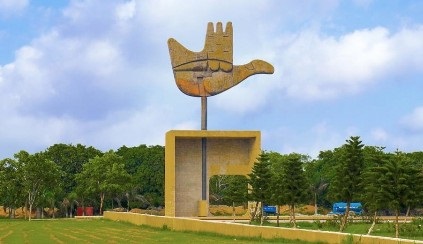New Delhi, August 11
Rajasthan, Himachal Pradesh, Mizoram and Chandigarh lead the first national rankings on the Quality of Life for Elderly Index. This was released on Wednesday by the Economic Advisory Council to the Prime Minister.
The Index has been created by the Institute for Competitiveness to assess the challenge of ageing in India and determine the preparedness of states to deal with a rising elderly population.
India is currently enjoying the demographic dividend but will be growing older, with persons above the age of 65 becoming the fastest-growing age group by 2050. Greying is not very rapid in India, as only 8.6 pc of its population are elderly. However, by 2050 the elderly population will grow by three times to 319 million, accounting for 19.5 pc of the total population.
Further, there will be a significantly higher proportion of women than men in the higher age cohort due to higher life expectancy, marking an increase of 21.07 years over 19.10 years in their male counterparts.
“India needs to grab the current opportunity to continuously evolve the systems and start putting positive change in motion for the next decades. The Index on Quality of Life for Elderly 2021 represents a beginning,” says the report, which separately ranks states and UTs on the elderly wellbeing index.
Rajasthan is the top scorer in the aged states category defined as states with an elderly population of more than 5 million.
Himachal Pradesh leads in the Relatively-Aged States section (below 5 million population).
Mizoram leads in the North Eastern States category and Chandigarh among all UTs.
The report identifies the regional patterns of ageing across the Indian States and assesses the overall ageing situation in India.
The report presents a deeper insight into how well India is doing to support the well-being of its ageing population.
The Index framework includes four pillars: Financial Well-being, Social Well-being, Health System and Income Security, and eight sub-pillars: Economic Empowerment, Educational Attainment & Employment, Social Status, Physical Security, Basic Health, Psychological Wellbeing, Social Security and Enabling Environment.
Chairman, Economic Advisory Council to the PM Bibek Debroy said, “India is often portrayed as a young society, with a consequent demographic dividend. But, as with every country that goes through a fast process of demographic transition, India also has a greying cum ageing problem. EAC-PM requested Dr Amit Kapoor and his team at Institute for Competitiveness to report on an issue that is often not mentioned- the problems faced by the elderly.”
The health system pillar of the elderly observes the highest national average of 66.97 at an all-India level, followed by 62.34 in the Social Well-being category.
Financial Well-being observes a score of 44.7, which is lowered by the low performance of 21 States across the Education Attainment and Employment pillar, which showcases scope for improvement
States have performed particularly worse in the Income Security pillar because over half of the States have a score below the national average, i.e., 33.03 in Income Security, which is the lowest across all pillars.
These pillar-wise analyses help states assess the state of the elderly population and identify existing gaps that obstruct their growth.
Discussions
Discussions
